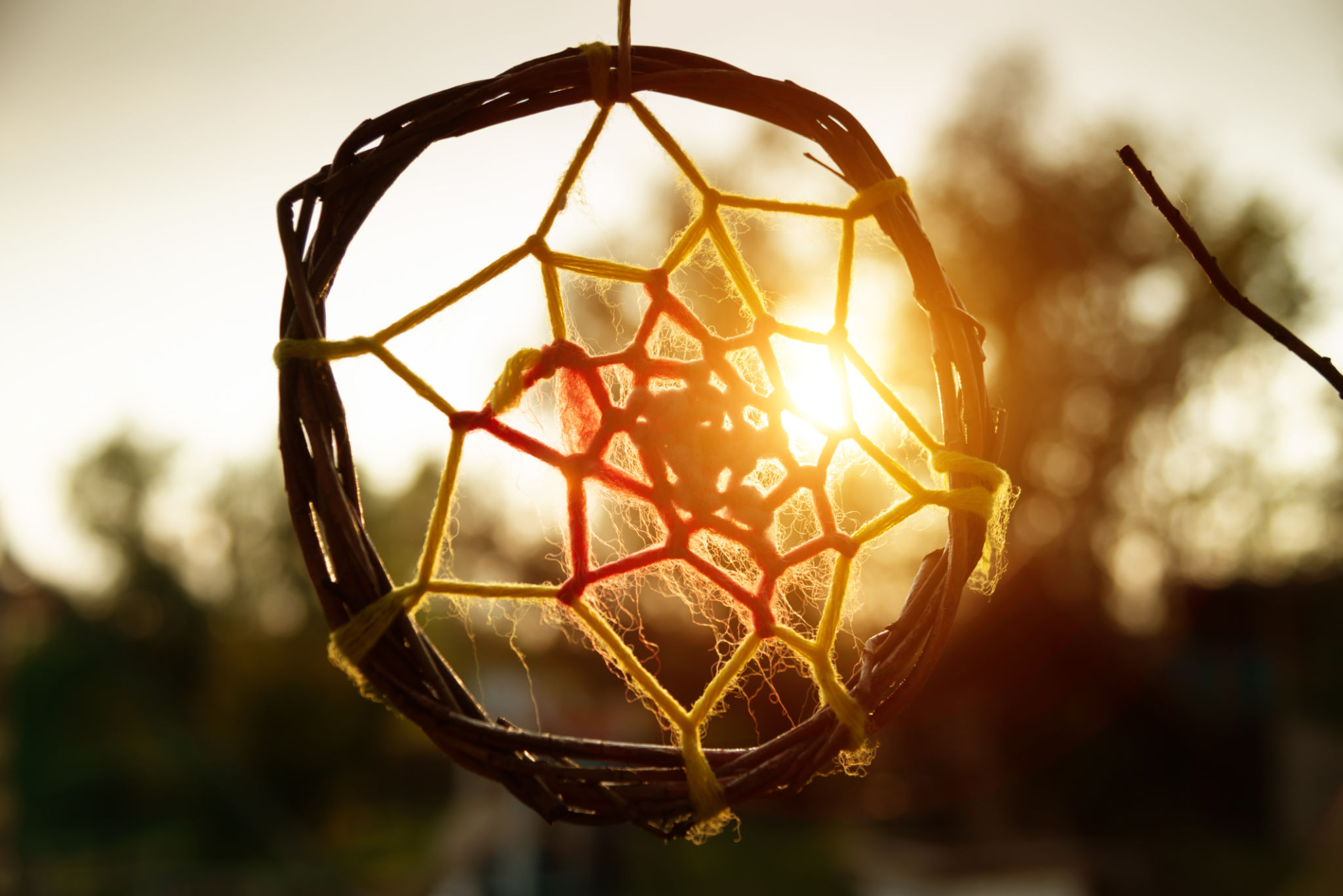Unveiling the Mystery: The History and Symbolism of Dream Catchers
Introduction to Dream Catchers
Dream catchers are intriguing objects that have captured the imagination of many. Known for their intricate web-like designs, these decorative pieces are more than just beautiful artifacts; they hold profound cultural significance. Originating from Native American traditions, dream catchers are believed to filter out bad dreams and allow only positive dreams to pass through.

The Origins of Dream Catchers
The history of dream catchers can be traced back to the Ojibwe people, one of the largest Indigenous groups in North America. According to Ojibwe legends, the Spider Woman, known as Asibikaashi, was a protector of children and adults alike. As the Ojibwe Nation spread across the continent, it became difficult for Asibikaashi to watch over every individual. Thus, dream catchers were created as an extension of her protective power.
These sacred items were traditionally made with natural materials such as willow hoops and sinew, and were often adorned with feathers and beads. The web-like structure in the center symbolizes a spider's web, intended to trap negative dreams while allowing positive ones to flow through.
The Symbolism Behind Dream Catchers
Every element of a dream catcher holds symbolic meaning. The circular shape represents the circle of life and the movement of the sun across the sky. The web is woven to mimic a spider's web and is believed to capture bad dreams during the night. Feathers, which hang from the bottom of the dream catcher, are thought to allow good dreams to glide down into the minds of sleepers below.

Dream Catchers in Modern Culture
In contemporary times, dream catchers have transcended their traditional role and have become popular decorative items worldwide. While they are often used as ornamental pieces, it's crucial to acknowledge their cultural origins and significance. Many people who purchase or create dream catchers do so as a way to honor Native American culture and bring positive energy into their homes.
Despite their widespread popularity, dream catchers should be appreciated with respect for their spiritual heritage. Understanding their history and symbolism is essential to prevent cultural appropriation and ensure that these meaningful objects are cherished appropriately.

Creating Your Own Dream Catcher
For those interested in making their own dream catcher, it's important to approach the process with reverence for its cultural roots. Crafting a dream catcher can be a meditative and meaningful experience. Here are some basic steps:
- Start by gathering materials such as a hoop, string or twine, and decorative elements like beads and feathers.
- Weave a web pattern within the hoop, keeping in mind the intention behind each knot and design.
- Add feathers and beads to personalize your dream catcher and imbue it with positive energy.
The Power of Positive Dreams
Dream catchers serve as a reminder of the power of dreams and the importance of positivity in our lives. They encourage us to focus on the good and filter out negativity, symbolizing hope and protection. Whether hung above a bed or placed in a sacred space, dream catchers continue to inspire countless individuals worldwide.
As you explore the captivating world of dream catchers, remember to honor their origins and respect their cultural significance. By doing so, you can fully appreciate these enchanting objects and the positive energy they bring into your life.
